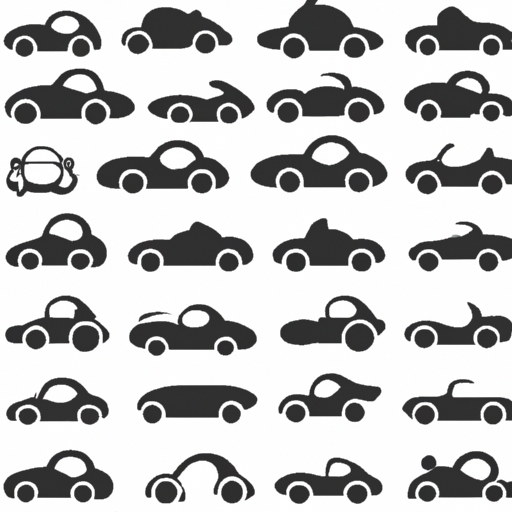here .
One might think that with all the modern technology at our disposal, we wouldn't have any trouble meeting these standards. Yet, this isn't always the case. There's always room for error - human error being a prime example. As mentioned here this is very important.. It ain't easy to create a vehicle that can withstand every possible scenario it might encounter on the road. And despite the best efforts of engineers and designers, some models simply don't measure up on their first try.
Now speaking of efforts, there has been considerable advancement over time in crash test procedures themselves. Initially, tests were somewhat basic and didn’t necessarily reflect real-world situations. But now? They've gotten complex! We've got side-impact tests, rollover tests – you name it! Even so, with such advancements come new challenges: ensuring that all vehicles are evaluated fairly and comprehensively is no small feat.
Transitioning into another point of contention: when a car fails to meet expectations during testing – what then? The fallout can be significant for automakers; recalls are expensive and damaging to reputations. Not only do they have to fix the issue but also regain consumer trust – which is far from an easy task. Manufacturers surely dread such scenarios because negating bad publicity is often more challenging than fixing mechanical issues.
In conclusion (though it's hardly the end of this ever-evolving topic), crash test standards may not be perfect – heck, nothing really is – but they serve an undeniably vital role in keeping us safe on our roads. As technology marches forward and cars become even more complex machines than before - yeah! - those standards will continue evolving too... And let’s hope those changes include fewer grammatical errors than found here!


